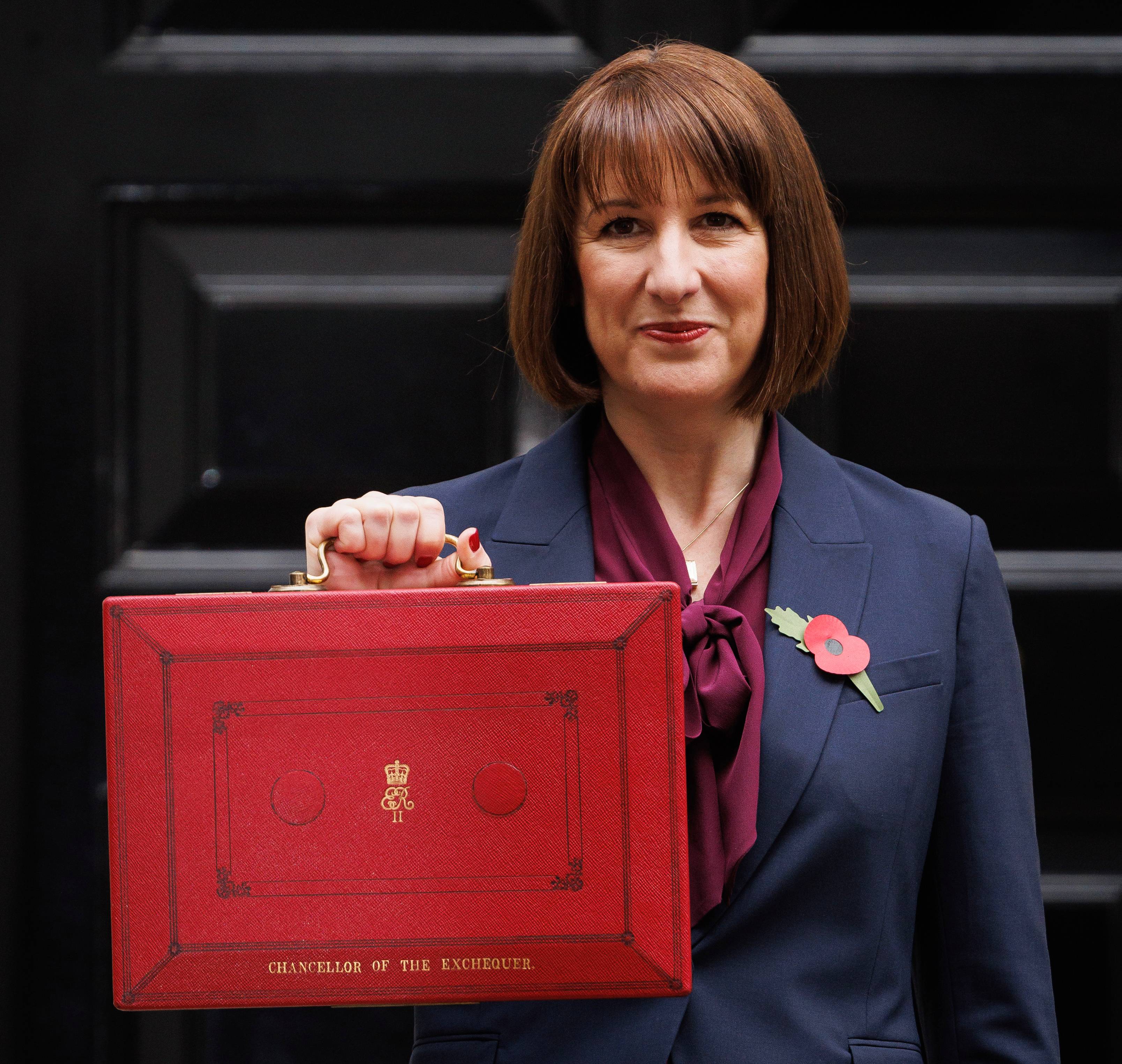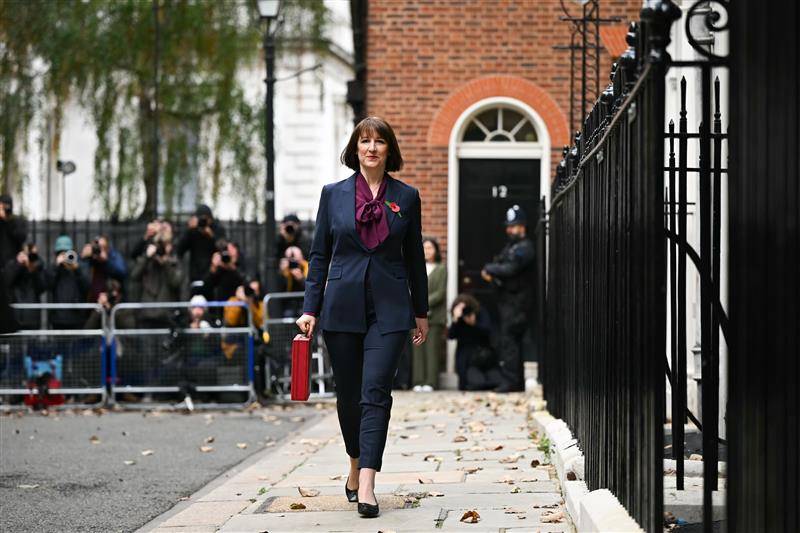Review of the week: No rain, no rain
Economic data has been confusing for a while. Thankfully, there’s a central bank hiatus just big enough to slip Wimbledon into.

Article last updated 30 September 2025.
Quick Take:
- July is shaping up to be a quiet month, at least until the next US interest rate decision on the 26th.
- UK government debt looks more attractive now that rates are high and should soon peak
- Don’t forget to enjoy Wimbledon (weather permitting)
Markets and economic data are something of an enigma. They have been for a while. Many people expect the major economies to drop into a mild recession toward the end of the year as the double-march of interest rates starts to bite the indebted. Europe has already entered technical recession and the UK economy grew just 0.1% in the first quarter. The US posted 0.5%, or 2% annualised. Yet while manufacturing sectors are already struggling, the larger services part of most advanced economies has been surprisingly resilient.
Generally, companies are reporting lower profits as expenses rise faster than prices on their wares. While unfortunate for investors, this isn’t a sign of crisis – average profit margins are falling back from historically high levels. Wages are growing rapidly, and are outpacing inflation in the US. That’s not the case in Europe and the UK, however, where neither executives nor households are particularly happy.
Faced with lots of contradictory signals, it’s more important than ever to take as broad a view as possible on the global economy, focusing on the data that tends to foretell tomorrow, rather than headline-grabbing developments that are dramatic but released months late or lag economic growth. This exercise is why we think that mild recessions are still in order for advanced nations later this year, and why we believe our current cautious positioning remains appropriate.
Our analysis has also helped us set out a path for changing that positioning in time. We’ve found that, historically, bull markets have generally been preceded by a combination of at least some the following five conditions: (i) valuations falling to historically cheap levels; (ii) a trough in leading indicators of the economy; (iii) earnings estimates downgraded to reflect the weak economic outlook; (iv) a large market fall that drives many people to dump stocks in fear; and (v) the end of the US Federal Reserve’s rate-tightening efforts. None of these have occurred so far. You can read more about our views on this on page six of our Q1 Investment Insights magazine.
The next major monetary policy meeting will be the US Federal Reserve on 25-26 July, followed the next day by the European Central Bank. That means you should be safe to watch Wimbledon in peace. Will Novak Djokovic bag his fifth consecutive win and a mind-boggling 24th Grand Slam title? But the age-old question bubbles beneath: will the world-renowned British weather hold out? After baking London to dust in early June, the rain arrived halfway through the Ashes and the medium-term forecast looks menacing.
We’re going with the optimistic view: most forecasts seem to end up wide of the mark these days. With some positive waves, we’re sure the clouds will burn off and the weather will slip south, perhaps to cool off the French riots. We could all do with an enjoyable summer this year.
| Index |
1 week |
3 months |
6 months |
1 year |
| FTSE All-Share |
1.1% |
-0.5% |
2.6% |
7.9% |
| FTSE 100 |
1.0% |
-0.3% |
3.2% |
9.2% |
| FTSE 250 |
2.0% |
-1.6% |
-0.6% |
1.9% |
| FTSE SmallCap |
0.1% |
0.7% |
-0.6% |
1.2% |
| S&P 500 |
2.3% |
5.8% |
10.6% |
14.2% |
| Euro Stoxx |
3.1% |
0.8% |
11.7% |
24.2% |
| Topix |
0.6% |
2.5% |
6.0% |
12.9% |
| Shanghai SE |
-0.9% |
-10.0% |
-6.2% |
-17.1% |
| FTSE Emerging |
0.2% |
-1.9% |
-1.7% |
-3.2% |
Source: EIKON, data sterling total return to 30 June
| These figures refer to past performance, which isn’t a reliable indicator of future returns. The value of investments and the income from them may go down as well as up and you may not get back what you originally invested. |
A gilt lining to recession
One important thing to note is that while we expect a recession, that doesn’t mean that investors should exit the market wholesale. We may be wrong: a recession may not arrive. We may be right, but it could take much longer for it to arrive than we had expected. When investing – like anything in life – it’s never advisable to put all your eggs in one basket. Removing yourself completely from capital markets is itself a huge red or black decision. Many studies show that people tend to take their gains too early and buy back in too late, and in doing so miss out on a lot of returns.
Markets are volatile – over time you will see them rise and fall markedly. This can be disconcerting, but research and history shows that it’s best to ride out these ups and downs. That is why we stress that investments should be made for five or 10 years plus. The key is to ensure that you don’t find yourself in the position where you are a forced seller, because that is when you crystalise losses and lose money for good.
Rather than making a binary, ‘in or out’ call on stocks, we have tilted our portfolios toward businesses and assets that should fare better in a downturn. Those that are less reliant on accelerating activity in the wider economy for increasing their profits, those that have contractual revenues that must be paid, those that provide services that can’t easily be dispensed with in tough times, and those that can comfortably repay their debts.
One other area which could do well even as the economy slows is UK government bonds (gilts). They are looking more attractive than they have in years, with five-year bonds now yielding 4.8% compared with 0.3% in early July 2021. Even though the Bank of England isn’t done raising interest rates yet, we think it will be in the next few months as inflation falls further and the economy weakens. If UK interest rates are indeed approaching their peak, then gilts should offer attractive returns over the coming years – they’ve nearly always performed well after the last rate rise in a cycle.
If you would like to hear more about what’s going on in the global economy and how it affects the way we invest, please join us for our next Investment Insights webinar on Tuesday 11 July at 12.30pm. You can register here.



